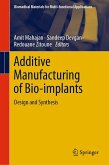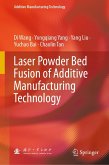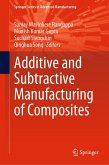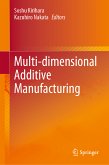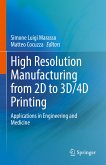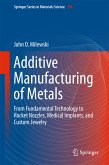This book gives in-depth information about evolution of additive manufacturing from a few decades to the present explaining how the technology has been improved with time and its practical implementation of the technology in various applications and industries. It describes the different types of additive manufacturing methods used to prepare materials and their advantages, followed by the limitations. This includes the fabrication of metal, polymer, biomaterial, hybrid nanomaterial, smart material, and ceramic materials using additive manufacturing methods used in many applications such as 3D printed batteries, supercapacitors, electrochemical sensors, biosensors, aircraft interior components, rocket engines components, automobile components, and medical implants. It also describes advanced applications of additive manufacturing materials in the construction, biomedical, and sports industries. In addition, the book also deep dives into the environmental impact and economic benefits ofadditive manufacturing industries. A special chapter is included to give an overview on the general type of job opportunities for engineering graduates and research scholars seeking to find employment in additive manufacturing companies. In short, the content of this book targets primarily researchers, engineering students (bachelors and masters), and industrial engineers.
Dieser Download kann aus rechtlichen Gründen nur mit Rechnungsadresse in A, B, BG, CY, CZ, D, DK, EW, E, FIN, F, GR, HR, H, IRL, I, LT, L, LR, M, NL, PL, P, R, S, SLO, SK ausgeliefert werden.



